|
|
The Armia Krajowa
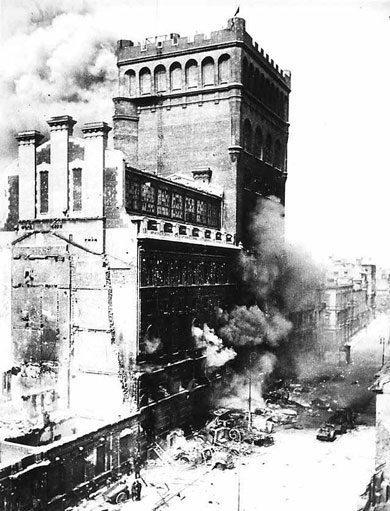 |
Armia Krajowa
The Polish Home Army
By Mike Haught
After Poland fell under the German war machine in 1939, the defeated troops immediately organised a resistance movement. For many years the Polish partisans operated against the Germans, launching small raids and making careful observations of the enemy force.
All of the Polish resistance movements were consolidated under the Armia Krajowa, or Home Army, in February 1942. From there the partisan strategy was to limit any offensive action until such a time that a concerted effort could be made when the Germans were most vulnerable.
In July 1943 General brygady (Brigadier General) Bór-Komorowski assumed command of the AK. Bór was a cavalry officer, having served in WWI in the Austro-Hungarian army. In 1939 he commanded the remnants of several cavalry units against the Soviets in eastern Poland. After the occupation of Poland, Bór joined the underground.
Bór knew that the underground’s inexperienced soldiers wouldn’t stand a chance in open combat against the Germans unless the Allies, in this case the Soviets, directly intervened
|
|
This was painfully obvious when the Warsaw Ghetto uprising was ruthlessly and absolutely crushed in 1943, with the loss of 60,000 Polish citizens.
Bór’s other consideration was that the Soviets were hardly a preferable choice for allies. In 1939, Poland was invaded by both German and Soviet forces. As a result, the AK distrusted Stalin’s intentions. It became critical, therefore, for the Polish people themselves to overthrow the Germans and install their own free Polish government before Stalin could put his own puppet government in control.
|
|
The AK would have to wait for the arrival of the Soviet army just outside Warsaw before launching a full-scale insurrection, liberating themselves and then hopefully installing the free Polish government exhiled in London.
In June 1944 the Soviets launched Operation Bagration which swept across Byelorussia like a wild fire. By the end of July the Red army was near Warsaw. Bór saw his opportunity to declare W-Hour (‘W’ for wybuch, or outbreak and also for wolność, or freedom) at 1700 hours on 1 August.
When W-Hour was announced, the underground AK battalions formed in the streets and allyways and then sprang into action, seizing important buildings and setting up barricades.
|
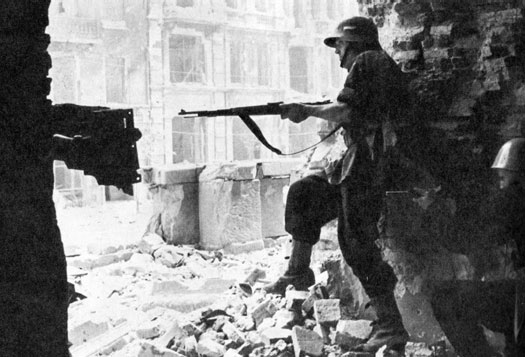 |
|
However, not all the AK battalions managed to secure their objectives straight away, The AK battalions in Zolibórz were triggered too early and went into action against the well-defended Warsaw Citadel. The Germans rallied and launched an effective counterattack that forced many of the AK fighters in Zolibórz to retreat into the Kampinos Forest to rally.
Other pockets of German resistance were contained within buildings until the Kedyw arrived to flush them out with heavy weapons.
|
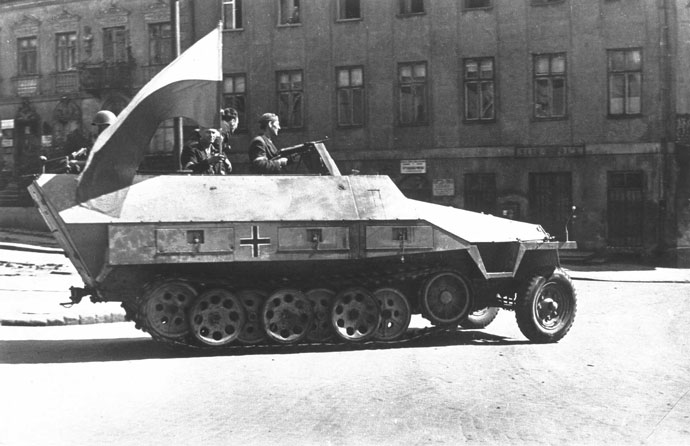 |
In the early hours of the rebellion a few Kedyw units ‘liberated’ a large quantity of Waffen-SS uniforms from a warehouse and incorporated them into their units.
Other AK units used captured SS uniforms, but also managed to get a hold of all sorts of German and ex-Polish army uniforms. Wherever possible, AK troops attempted to make themselves into a regular army using uniforms, drill practice and officers.
By the first few days the AK managed to secure the majority of its initial objectives.
|
|
The Germans had anticipated an uprising, however they completely underestimated its sheer scale. As a result the majority of the troops that bore the brunt of the Uprising were a few scattered police units. Some of these managed to hold up in buildings for some days, while others collapsed completely.
Most of the German army was tied up in trying to contain the Soviet advance, so there was little that they could commit to rapidly put down the rebellion, so the responsibility was given to the Waffen-SS.
|
|
The first German attacks were hastily organised and sent in with little or no support. These were shattered against well organised Polish defences and made little progress. The troops committed lacked much training and most were not at all high-quality fighters.
The SS then implemented a harsh strategy, originating from Hitler himself to burn Warsaw to the ground, sparing not one civilian. The western suburbs such as Wola suffered horribly as German task forces rounded up and executed civilians and fighters alike. This galvanized the Polish against the Germans who now knew what fate awaited them should they surrender—they would fight to the death.
|
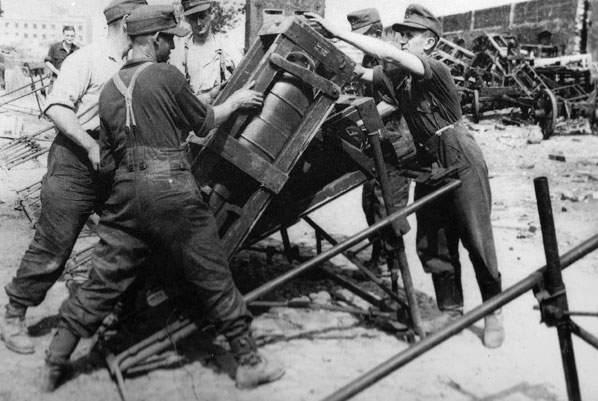 |
|
The elite Kedyw, the AK’s veteran partisan fighters, used the two Panther tanks to great effect, helping to liberate a Jewish concentration camp which held many of the survivors of the Ghetto uprising the year before. Several hundred Jewish volunteers immediately joined the AK upon being released.
The fighting continued along the most of the perimeter as the Germans put pressure on the AK. Occasionally the Germans would have some success in penetrating the line but usually at a high cost.
|
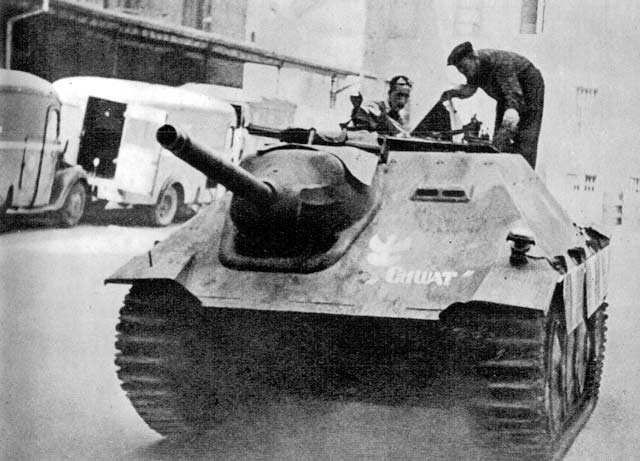 |
As weeks passed, the beleaguered AK badly needed reinforcements. Bór, who was in constant contact with London, pleaded for the British to send the eager Polish 1st Independent Parachute Brigade. However, Stalin refused to let Allied planes and troops destined to help the rebellion use Soviet bases and Warsaw was well out of range of Britain’s ability to deliver.
However, the western Allies did send a few supply missions to give the AK some equipment including PIAT anti-tank projectors, Bren light machine-guns, rifles and ammunition. Air crews, including some particularly brave Polish crews, made several attempts to supply the besieged town, but in the end proved too costly and had to be stopped.
|
| Stalin refused to commit the 2nd Tank Army which had arrived outside Praga in September. His plan was to allow the Germans to completely crush the AK before moving in and establishing his own government. However, under pressure from his western allies, he eventually sent a token force across the Vistula River into Warsaw. |
|
The Soviet-controlled Ludowe Wojsko Polskie (LWP, or Polish People’s Army) crossed the Vistula on 15-19 September under terrible fire and air strikes, but those that made it across were welcome reinforcements. However, without the support of the entire Soviet army the AK was reduced into small pocket before finally being reduced.
General Bór ordered the final surrender on 2 October after fighting for 63 days, the longest partisan battle in the war. The AK had suffered 15,000 dead; about a third of its strength. The Germans lost 16,000 killed and 9,000 wounded, totalling approximately 50% of its committed force.
|
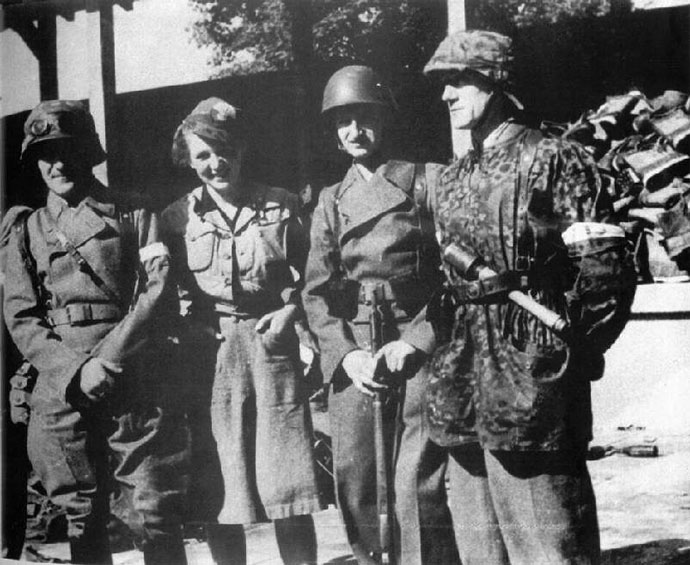 |
Last Updated On Friday, March 12, 2021 by Wayne at Battlefront
|
|